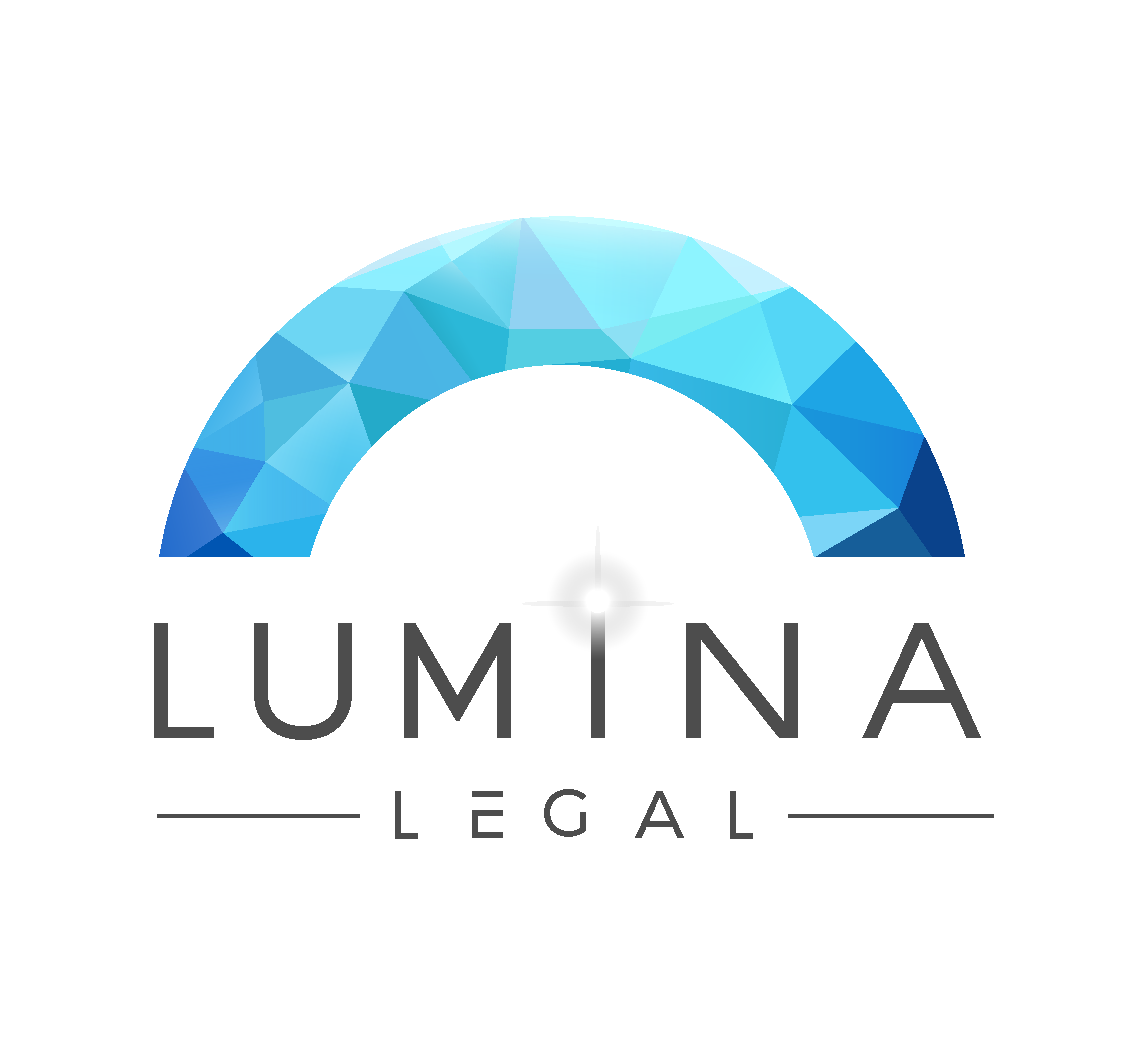In today’s competitive market, your brand’s identity is its most valuable asset. However, this identity can be threatened by trademark infringement, a legal issue that businesses of all sizes may encounter. Understanding the ins and outs of trademark infringement and taking proactive steps to protect your business are essential for maintaining your market position and brand value. This post will guide you through understanding trademark infringement, registering your trademarks, monitoring for potential infringements, responding to infringement incidents, legal recourses, and the pivotal role of business lawyers in protecting your trademarks.
Understanding Trademark Infringement: What It Is and Why It Matters
Trademark infringement occurs when a party uses a mark that is identical or confusingly similar to a registered trademark owned by another party, in a way that may cause confusion among consumers about the source of the products or services. This not only dilutes the value of the original trademark but can also lead to loss of sales and damage to reputation. Understanding the basics of what constitutes infringement is the first step in safeguarding your business against unauthorized use of your trademarks.
Steps to Register Your Trademark: The First Line of Defense
Securing a trademark registration is the most effective way to protect your brand’s unique elements, including logos, names, and slogans. A registered trademark grants you exclusive rights to use the mark in connection with the goods or services listed in the registration. This section will walk you through the trademark registration process, offering tips to ensure that your application is successful and your brand gains the protection it deserves.
Regular Trademark Monitoring: A Proactive Approach
Even with a registered trademark, ongoing vigilance is required to ensure that your rights are not being infringed upon. Regularly monitoring the market and online platforms for unauthorized use of your trademark is crucial. This part of the post will discuss strategies and tools available for efficient trademark monitoring, helping you to identify potential infringements early and take action before significant damage is done.
How to Respond to Trademark Infringement
Discovering that your trademark is being infringed upon can be distressing, but it’s important to respond promptly and appropriately. This section outlines the steps your business should take upon identifying a possible infringement, from sending a cease and desist letter to negotiating a settlement or pursuing litigation if necessary. Knowing how to respond effectively can make a significant difference in the outcome of an infringement situation.
Legal Recourses Available for Victims of Infringement
If informal resolution attempts fail, various legal recourses are available to enforce your trademark rights. This might include filing a lawsuit for trademark infringement seeking damages, injunctions to stop the infringing activity, and possibly the recovery of profits made from the unauthorized use. This segment will explore the legal options at your disposal and how to decide on the best course of action.
The Role of a Business Lawyer in Protecting Your Trademark
In the complex and often daunting arena of trademark law, having an experienced legal advisor is not just beneficial; it’s essential for the protection and longevity of your brand. Rocky White, a leading figure at Lumina Legal in Seattle, brings unparalleled expertise and personalized attention to each case of trademark infringement. Lumina Legal, known for its comprehensive intellectual property services, offers businesses in Seattle and beyond a robust defense against trademark infringement threats.
Rocky White and his team at Lumina Legal understand the unique challenges that businesses face in protecting their trademarks. They don’t just respond to issues as they arise; they work proactively with businesses to establish a strong foundation of trademark protection from the outset. This includes assistance with trademark registration, strategic planning for enforcement, and vigilant monitoring of potential infringements.


Recent Comments